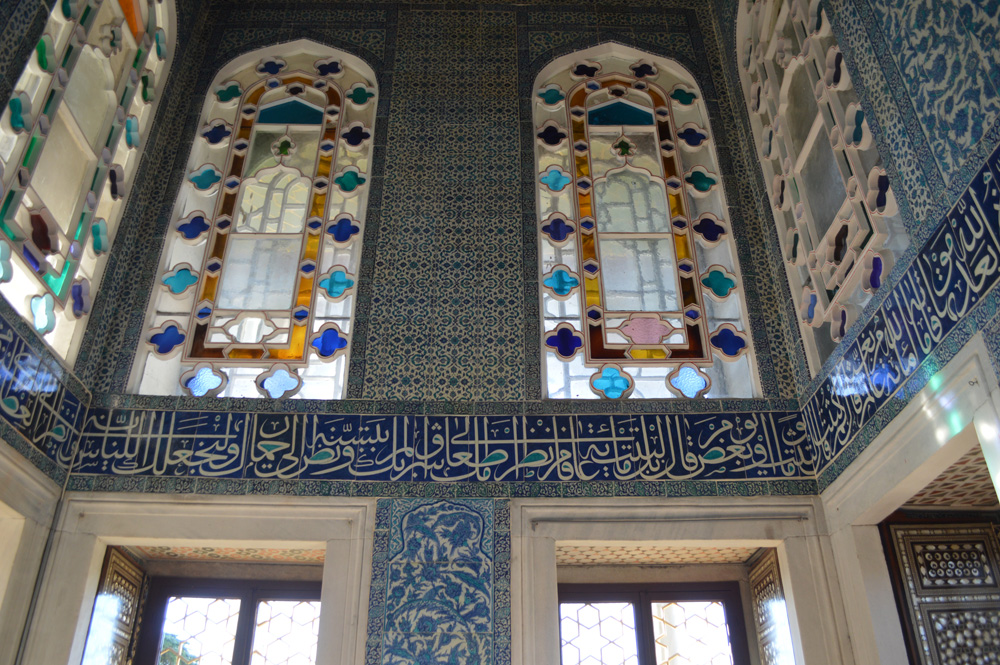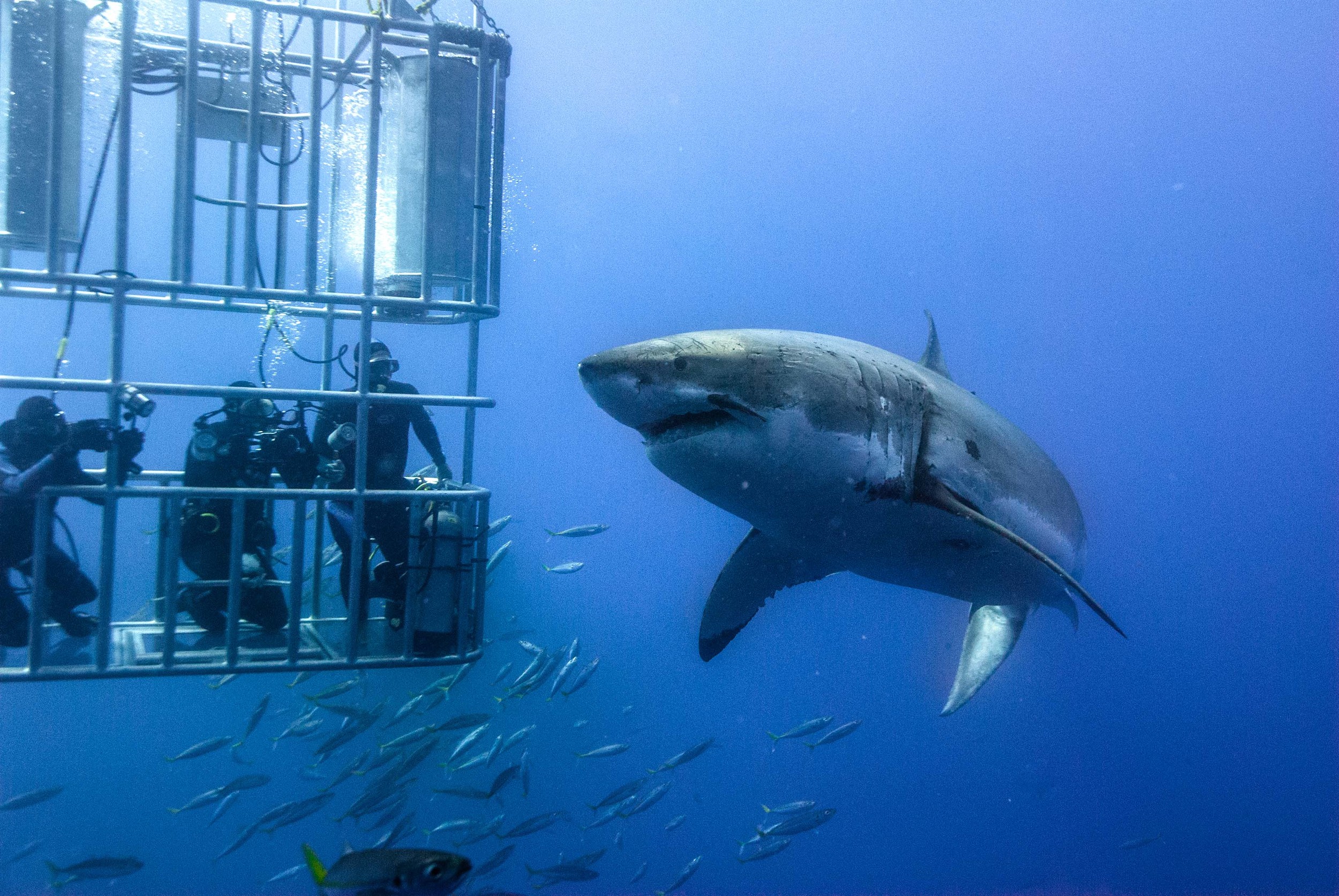 With flights often being the most expensive portion of a trip (at least for international ones), finding cheap tickets can feel like a scavenger hunt. If you wait too long you're screwed, unless a magical last-minute deal pops up. Before booking flights, I always make sure to compare fares from at least a few sites. Here are six of my favorites that you can use to get the best airfare deal and make that dream trip happen:
With flights often being the most expensive portion of a trip (at least for international ones), finding cheap tickets can feel like a scavenger hunt. If you wait too long you're screwed, unless a magical last-minute deal pops up. Before booking flights, I always make sure to compare fares from at least a few sites. Here are six of my favorites that you can use to get the best airfare deal and make that dream trip happen:
1. Skyscanner
My all-time favorite flight search site. I've been using Skyscanner for years and like how it shows you the cheapest flight, and shows you what that specific flight costs at different sites so you know you're getting the lowest deal. I also like using the other features, such as the low fare calendar to find the cheapest day to fly on, or looking up flights from my departure airport to "Everywhere" to view prices all over the world.
I've come across Airfare Watchdog more recently, and it's great for finding last-minute deals or cheap flights for certain times of the year. Check out their Twitter, too, where they tweet especially good fares.
3. Hipmunk
I've used Hipmunk a couple times, and it really helped me find an okay deal when I needed to book a last-minute flight to DC (literally only four days before I left). With Hipmunk you can organize your search by price, duration, or my favorite, agony, so you can avoid the seemingly "great" deals that happen to use multiple airlines, 3+ stops, long layovers, etc.
If you're a student or under 26 years old, you are able to book through Student Universe which offers a flight search engine, comparison tool, and also other travel options like rail passes, hotels, tours, and activities.
5. Rome 2 Rio
If you're doing a multi-city trip or want to utilize more than just air travel, Rome 2 Rio is a great site to use because it gives you different route options to get to places. If you're in Rome and you want to get to Paris, it will offer a number of ways to get there, such as taking a bus to one city, then a plane, then a train, or taking a train to a different city that has a cheaper flight to your final destination. Choose to travel by plane, train, bus, ferry, car, or a combination.
6. Budget Airlines' Websites
Do a little research to find budget airlines according to the region you're in. With a number of flash sales and special deals, you can easily find flights one-way for only $20 on some. Note that you get what you pay for, however: most budget airlines, especially in Europe, charge extra for carry-ons, snacks on the flight, only fly to out-of-the-way airports, etc. A few to consider:
-Southwest Airlines: my favorite way to budget in the US, it actually allows two checked bags free plus a personal item. Also, many planes now offer free WiFi on board. Southwest flies all around the US as well as some places in Mexico and the Caribbean.
-Frontier Airlines: based out of Denver, Colorado, Frontier flies all around the US as well as some other destinations in Mexico, Costa Rica, and the Dominican Republic. I've flown them a couple times and have found some great deals, especially when I go to Colorado.
Update 6/13/15: Since writing this post I've flown Frontier from Denver. One of the newer changes was a $20 charge to bring a carry-on bag on the flight. Then, the flight was canceled due to weather conditions (it was January in Colorado, after all), but they didn't refund the $20 baggage fee.
-Easyjet, Ryan Air, and Wizz Air: grouping these together because they're pretty similar. All are budget airlines that fly within Europe at extremely low prices.
-Norwegian Airlines: this airline just opened up flight departure options from the United States - you can find one-way flights from the US to Europe for only 300 euros. Again, it's a no-frills airline.
-AirAsia: a Malaysia airline based out of Kuala Lumpur, you can find great deals on flights all around Asia and Australia.
Photo: We Heart It
























